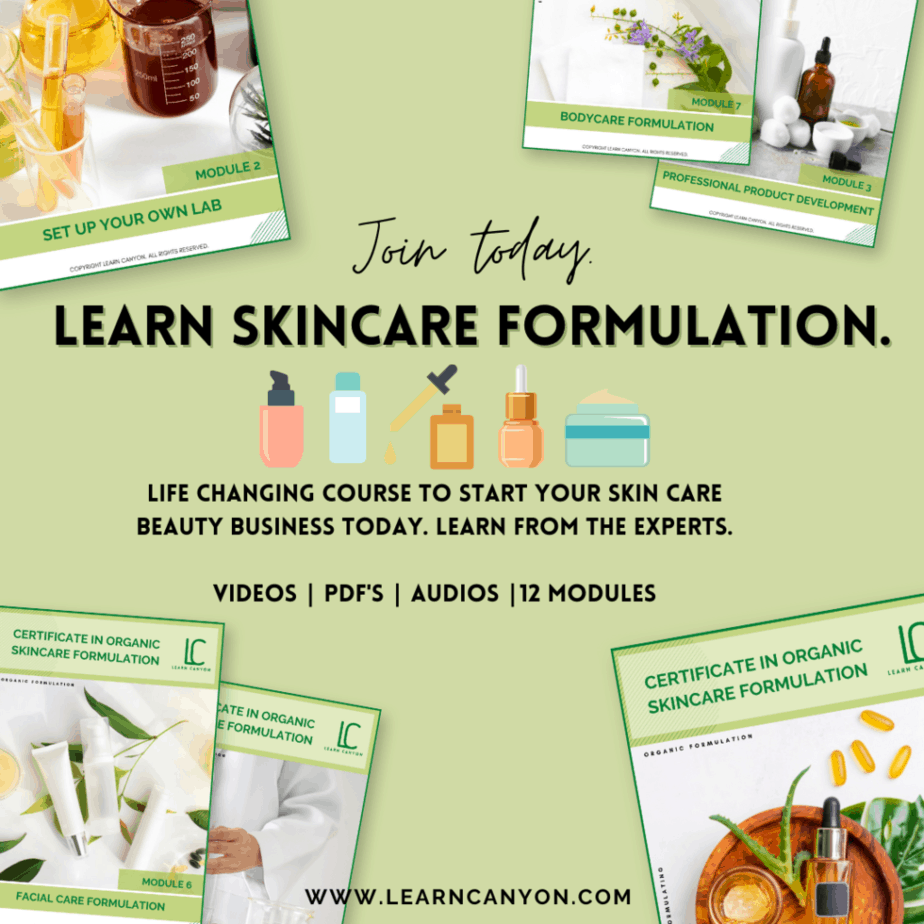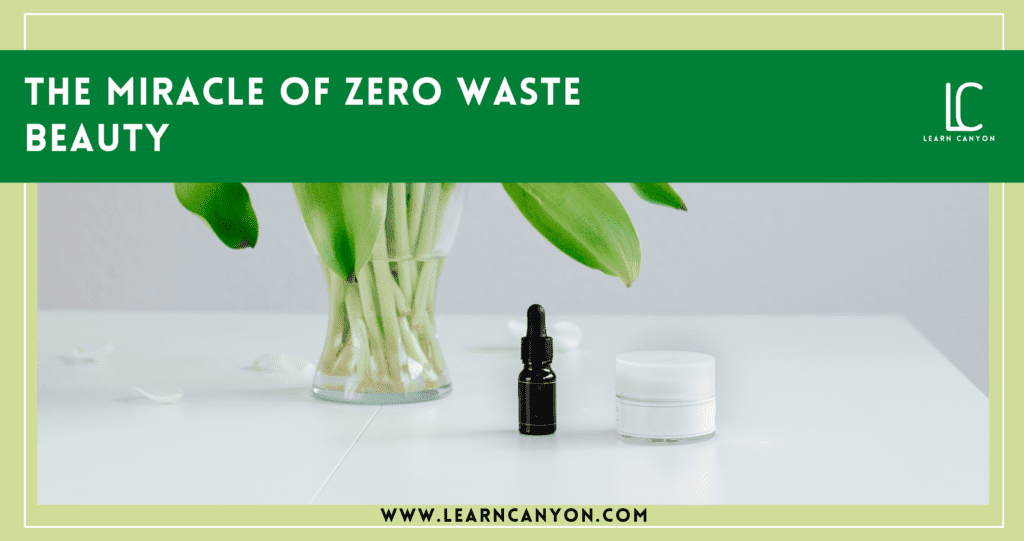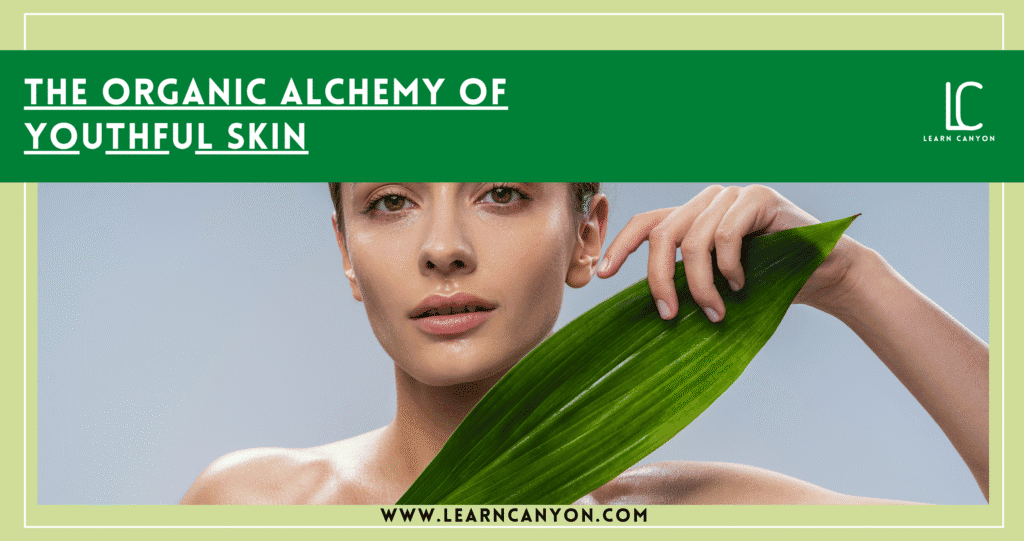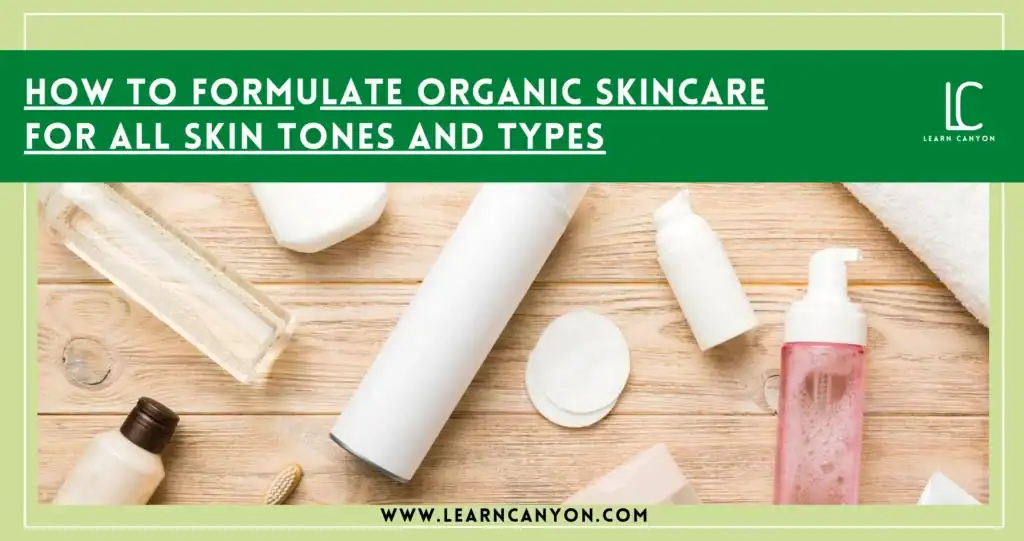Our mothers used the adage “waste not, want not” to persuade us to eat our vegetables. It’s also the new battle cry of the green beauty revolution, as zero-waste beauty becomes the industry’s most environmentally conscious thinkers’ cause élèbre.
It’s no secret that our planet’s resources are being depleted (along with the amount of waste produced).
Much of what we use in our beauty routines, from shampoo bottles to foundation tubes, is made of virgin plastic, making it difficult to recycle.
It’s also one of the simplest areas of your routine to incorporate more environmentally aware changes, as being environmentally conscious has become a much bigger priority for both beauty products and consumers.
Zero-waste is a rising segment in the beauty industry, where brands avoid contributing to trash throughout the whole process of creating a product, from ingredient sourcing to formulation, manufacturing, and distribution.
That may seem like a modest promise, but since the worldwide cosmetics business produces more than 120 billion units of packaging each year, it’s a welcome commitment.
The zero-waste movement is gaining traction, as businesses of all sizes deliberate to eliminate waste across their supply chains to reduce environmental impact.
The week of September 7-11 is Zero Waste Week, an annual initiative aimed at reducing landfill waste.
It has worked with both individuals and organisations to create awareness about decreasing landfills and protecting resources since its inception in 2008.
Before moving much further into this article, let us try to understand what defines ZERO WASTE BEAUTY!
What Is Zero Waste Beauty?
Zero waste has been defined in a variety of ways by various organisations.
Mostly it does mean that no waste should end up in landfills.
But some organizations & municipalities have defined zero waste in many forms, i.e; as per EPA (Environmental Protection Agency) in the United States, according to US conference of mayors, zero waste has been defined as;
“The notion of zero waste encompasses the whole life cycle of a product, starting with product design and conceptualising the use and management of materials in ways that maintain value, limit environmental consequences, and conserve natural resources”
and whereas,
“by rewarding resource custodianship through purchasing and economic growth incentives, materials management can start to shift the fiscal burden of garbage and enable the industry to welcome resource responsibility.”
US conference of mayors have established a Zero Waste definition and set of Zero Waste principles that recognise the following Material Management Hierarchy:
- Compost
- Recycle
- Reduction of waste, toxicity, consumption, and packaging
- Beneficial Reuse and Down Cycle
- Product Redesign and Extended Producer Responsibility
- Reuse, Repair, & Donate
- Waste-Based Energy as disposal
- Landfill Waste as disposal
Principles Of Zero Waste Concept
In recent years, a zero-waste lifestyle has gained popularity.
More and more individuals are becoming aware of the environmental impact of their garbage production.
This concept is built around five basic principles, sometimes known as the 5R’s:
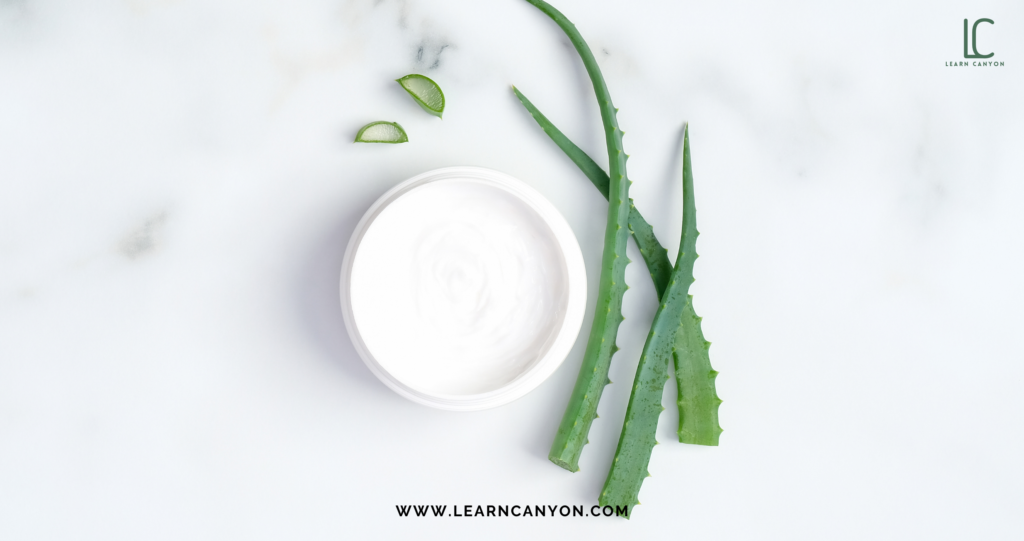
Reduce
One should strive for a more minimalistic existence by reducing the number of things we consume.
How many garments do we own that we haven’t worn in years, if at all?
Resources were consumed in the manufacture of the numerous, needless objects that we own.
Reducing what we own or don’t need can be readily sold or donated to those who might benefit from it.
Refuse
This approach requires the deliberate rejection of waste, such as excessive packaging.
The notion, in a larger sense, is aimed at minimising how much we consume in general.
The less we consume (or refuse), the less waste is generated, which must be disposed of later.
Reuse
The manufacturing of one-time-use products has reached an all-time high in the previous few years.
Such things benefit just one party: the producers because they require the buyer to repurchase the item when it is no longer needed.
There are increasingly more trash things manufactured than items that can be fixed.
Recycle
After following the first three rules, any products or goods that are leftover should be taken to a recycling centre. This also aids in resource conservation.
Rot (Composting)
This requires composting any non-consumed produce to be used as high-quality manure.
Is it true that natural cosmetics are more eco-friendly?
When it comes to cosmetics, the 5R’s can also be used.
On an annual basis, the cosmetics industry generates mountains of plastic trash, but the specific components used also have an impact.
Microplastics, for example, are not found in natural cosmetics and are therefore not harmful to the environment.
Microplastics
Microplastics are minute plastic particles present in a variety of traditional cosmetic goods, including scrubs and toothpaste, and many of these particles contain plasticisers and phthalates, which can be hormonally active or even hazardous.
Our drainage systems disperse these microscopic particles into the environment. In addition, poisons from the environment collect on the surface of microplastics.
Microplastics have now reached a point where they can be found in our food chain and, in some cases, our drinking water. This can only be stopped by refusing to use things that contain them.
For example, Exfoliating Microbeads, are found mostly in toothpaste, sunscreen, lip gloss, eyeliner, shampoo, deodorant, and soaps, as well as in your body and face washes.

They can be used for more than just exfoliating the skin. They can also help fill in wrinkles and make items feel more creamy on the skin.
According to estimates, 350,000 beads are contained in each facial cleanser tube.
The issue with these beads is that they not only pollute our rivers and seas but are also consumed by fish and other species, causing digestive issues in the animals. Worse, if animals eat them, we may eat them as well.
Check for the following labels on products:
- Ingredients include MICROABRASIVES
- Contains Microbeads
- Polyethene
- Polypropylene
Plastic Packaging
Plastic packaging has been damaging our environment excessively and there is no denial in that.
Waste plastic sent to landfills is the most visible kind of pollution linked with plastic packaging.
Plastics are very stable and hence remain in the environment for a long time after they are discarded, especially if they are buried in landfills and hidden from direct sunlight.
Anti-oxidants, which are often added to improve a container’s resistance to attack by acidic contents, slow down decomposition even more.
The Oakland Recycling Association commissioned a study of the harmful chemical burden that mainly relied on data from the Environmental Protection Agency, particularly the Toxics Release Inventory.
Because manufacturers in the “miscellaneous plastics industry” did not file reports, the data was limited.
Nonetheless, the data revealed that the majority of harmful discharges were released into the atmosphere, with the plastics industry accounting for 14% of the national total.
Plastic foam products were made by seven of the top 10 manufacturers rated by total release. The following hazardous substances were released in significant amounts:
- trichloroethane
- acetone
- methylene chloride
- methyl ethyl ketone
- styrene
- toluene
- benzene
- 1,1,1 trichloroethane
what is the alternative to plastic packaging?
Many natural cosmetics companies have begun to shun or utilise biodegradable packaging as an alternative.
There are also several natural cosmetics items on the market today that are not packaged in any way. Fortunately, this approach is gaining in popularity.
This concept has various benefits:
- Saving unnecessary packaging
- Creating cosmetics that suit your needs
- It is fun to do the DIY part that your health & environment will love
Some of the most eco-friendly packaging solutions that beauty brands are putting into practice;
- Mycelium
- Eco Papers
- Recycled packaging from upcycled coffee cups
- Zero Waste soap packaging
“ Plastic-free and zero-waste are excellent buzzwords because they alert people to the problem of waste.”
Why Should you Consider Going Zero Waste?
According to a few statistics, the commercial cosmetics business is one of the most waste-producing industries in our society.
Global solid waste creation is expected to exceed 11 million tonnes per day by 2100, according to experts.
Euromonitor forecasts that roughly 19 million squeezable plastic tubes inundated the worldwide cosmetics industry in 2016.
Plastic accounted for 13 per cent of the 258 million tonnes of waste generated in the United States in 2014, according to the Environmental Protection Agency.
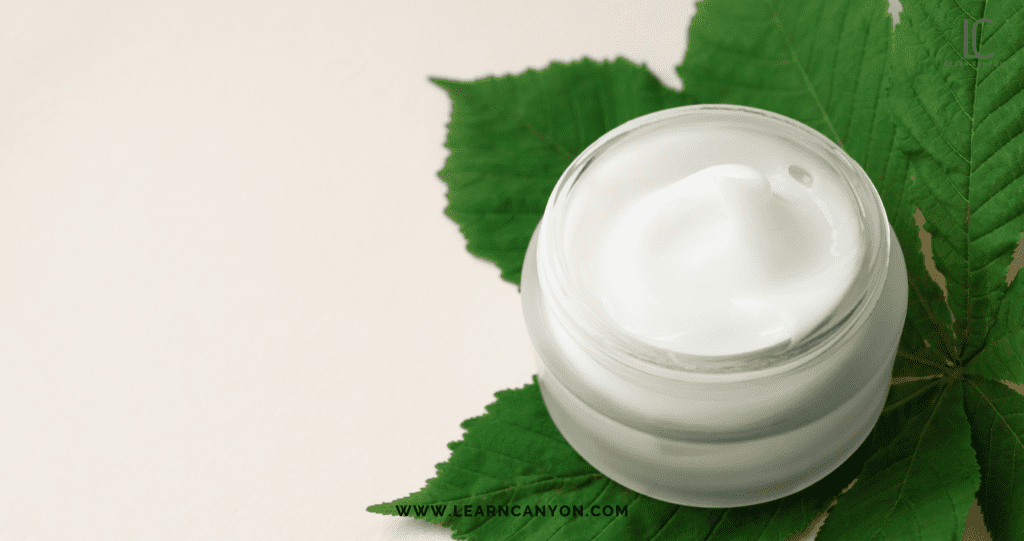
That’s why the pursuit of zero-waste beauty is a critical step in the fight against pollution.
Many of the products also contain chemicals and synthetics that could be dangerous.
Through tactics such as producer responsibility regulations, green purchasing programmes, and enhanced recycling, Zero Waste strategies help to reduce the number of poisons emitted into our air and water.
As a result, there will be fewer pollutants in our air, water, land, and bodies, allowing us to live better lives.
Key Benefits Of Zero Waste
Resource Conservation
The current linear economy pulls resources from the environment using the quickest and cheapest techniques possible, regardless of environmental impact.
The time it takes the earth to regenerate resources and the rate at which humans consume them is unsustainable.
The world takes 1.5 years to restore the natural resources we use in a year1. In addition, the transportation industry accounts for 13% of worldwide resource utilisation.
Zero waste could save up to $700 billion in materials annually around the world.
Furthermore, implementing zero waste solutions in the cosmetic supply chain can significantly reduce the $31 billion in cosmetic waste that occurs each year.
By recycling 95 per cent of its waste roadway materials, Barnsley Metropolitan Borough Council (UK) saved GBP 60,000 in disposal and mobility costs.
Environmental Benefits
Zero waste has the potential to be a climate solution.
Not only does it lessen the amount of trash we generate, but it also represents waste-free and environmentally responsible manufacturing and delivery.
It assures that the product’s complete life cycle has no negative environmental impact.
Economic Benefits
Waste management consumes around 20% of municipal expenditures.
Budget allocations for trash management will be reduced if we produce less waste. They might use the funds saved to fund more important projects.
Recycling can increase job demand by 120 per cent in the cosmetic industry.
The recycling industry isn’t the only one with business prospects in a zero-waste economy. In addition, the repair and reuse industries employ a large number of people.
Examples Of Zero Waste Initiatives
Highlighting a few examples of creative reuse, wider sustainability efforts in the beauty & personal care category.
Solid Formulations: from solid cleansers to shampoo bars
Consumers in Spain, Germany, and the United Kingdom all agree that the environmental impact of a product’s packaging influences their purchase decisions, with 77 per cent of Germans and 68 per cent of UK consumers agreeing.
Solid formulations have become a popular choice for companies aiming to eliminate packaging and minimise their carbon footprint.
One lorry full of solid shampoo bars is equivalent to fifteen lorries full of liquid shampoo in terms of the number of washes.
According to Lush reports, these solid formats, in addition to cutting the wrap, are a terrific way to save water.
Upcycled Cosmetic Ingredients
Approximately 30% of all food produced for human consumption is lost or wasted somewhere along the food supply chain.
Another source of food waste is the 20 per cent or more of produce that is discarded due to its appearance.
Aside from wasting perfectly wonderful produce, sending food to landfills causes it to decompose and become a substantial source of methane, a strong greenhouse gas with 21 times the global warming potential of carbon dioxide.
This same thing goes to cosmetic products that cause landfills.
Thus, few effective measures were taken by some eco-conscious indie brands where they are taking actions by employing repurposed components to actively divert leftovers from waste.
These substances are created from nutrient-dense plant-based waste, such as food waste.
Brands can make better use of waste by utilising the potent minerals and vitamins already present in by-products, without sacrificing product quality or performance.
“The linear ‘Take-Make-Dispose’ system, which depletes natural resources and generates trash, is severely faulty, and it may be constructively replaced by a restorative model in which waste does not exist as such, but only serves as nourishment for the next cycle.” – Ellen MacArthur Foundation
Minimizing Product Waste
In addition to implementing realistic shelf lives to help prevent product waste, many eco-friendly brands assist clients in utilising every last drop of product.
In recent years, new ‘booster’ items have reached the market, which is aimed to revitalize products to reduce waste and consumption.
Refill Schemes – an emerging trend in the zero waste cosmetic industry
Refills have numerous advantages, both for your company and for the rest of the globe.
They encourage your consumers to return (which is always a good thing), the reduction in packaging helps to minimise water use, and there is ultimately less packaging to be recycled or disposed of.
Let’s take an example here, of Wymie, a zero-waste skincare expert, who has included some fantastic innovations, such as eliminating plastic packaging, teaching her consumers about eco-friendly practices, and even creating a gift set that was completely free of unnecessary packaging – she gave skincare products in a chic wooden gift box.
Cultivating positive choices with conscious consumerism
We can make a great impact for ourselves and the rest of the planet if we all make a few more deliberate decisions about what we buy and from whom we buy it.
The wonderful thing about learning to make your own natural and organic cosmetics is that you can do so with your most cherished values in mind.
So, if you want to live in a plastic-free or package-free environment, or one that is fairtrade, environmentally friendly, or carbon-neutral, you may do so.
All you have to do is;
- Determine what matters to you and what you want your products to be renowned for.
- Learn how to make high-quality skincare products from the ground up that are safe, stable, and effective.
- Develop your knowledge, talent, and art of natural skincare formulation.
These examples will inspire many to implement zero waste tactics.
Future Predictions of Zero Waste
The organic and green beauty industry is thriving.
The organic beauty sector is expected to be worth $22 billion by 2024, indicating that there has never been a better moment to start a business in organic skincare.
Women all over the world are rushing to the clean beauty industry to follow in the footsteps of many beauty experts, developing lotions, scrubs, masks, shampoos, and cleansers that are free of harmful chemicals.
Frequently Asked Questions FAQ’s
What are the pros & cons of zero waste?
The pros of zero waste are it reduces pollution, helps the environment, saves marine lives, overall helps save money, increases self-sufficiency & promotes corporate responsibility.
The cons of zero waste are it takes a lot of time and energy, is very expensive, takes extra discipline, is not convenient, places a burden on consumers and limited access to zero waste stores.
Is zero waste possible?
Zero waste is possible but not all the time. As one can not go completely clean with the environment.
It is a great goal and it is a process where you contribute to saving the environment and bringing out social & economic benefits, but at the same time, it is time taking & expensive to start from scratch.
One must be prepared to get started.
Why a zero-waste lifestyle can help save the earth?
Because the zero-waste method aims to maximise recycling, reduce waste, and ensure that items are designed to be reused, mended, or recycled back into nature or the marketplace.
Zero Waste is a unique concept that has the potential to drive societies, businesses, and communities to breakthroughs that will save the environment, lives, and money.
Through the lens of Zero Waste, a completely new connection between humans and systems is envisioned, the only one capable of increasing people’s security and well-being while substantially decreasing our impact on the planet earth.
What percentage of plastic is actually recycled?
According to National Geographic, an incredible 91 per cent of plastic is never recycled.
This means that only about 9% of the waste is recycled. As if that weren’t bad enough, nearly all of the plastic that is recycled is downcycled, meaning it becomes less and less valuable over time, finally becoming too flimsy to be recycled properly.
By 2050, there will be around 12 billion metric tonnes of plastic in landfills all over the world, reported by National Geographic.
Name few famous zero waste beauty products
Several zero waste beauty brands also follow sustainability, and those are Eco Roots, Ethique, River Organics, Rainwater Botanicals, Apothecary Muse, Empire Squid Organics, and much more.
Conclusion
The only way beauty brands will be pushed to zero waste is if you and I challenge them to consider their impact on the environment.
So, the next time you pick up an unrecyclable jar of face cream, be sure to contact the manufacturer and inquire about how to properly dispose of it.
Making a circular economy a reality requires zero waste generation.
However, one thing to keep in mind is that it is not something that can be accomplished with the snap of a finger.
It necessitates a concerted effort on the part of both governments and individuals. So, if you keep doing your part, we can create a world without trash.
Plastic-free and zero-waste are fantastic terms because they constantly remind people that there is a problem with our garbage.
And it’s a very simple approach for folks to think about sustainability in general.
But from the above information, what do you think should be added more to this zero waste practice? And will we ever realise how much it is essential to save our environment from harmful landfills?
If you think that as a responsible citizen it’s high time to take action on the packaging, then what can be done more to make packaging biodegradable?
Our Courses
If you are wondering where to start your cosmetic formulation journey, you have landed in the right place, where you can become an expert cosmetic formulator and start your cosmetic business with our certification courses.
Our courses included step-by-step procedures to understand formulation techniques and quickly implement and create cosmetics from scratch. To get started you can go through our courses and certification programs here.


